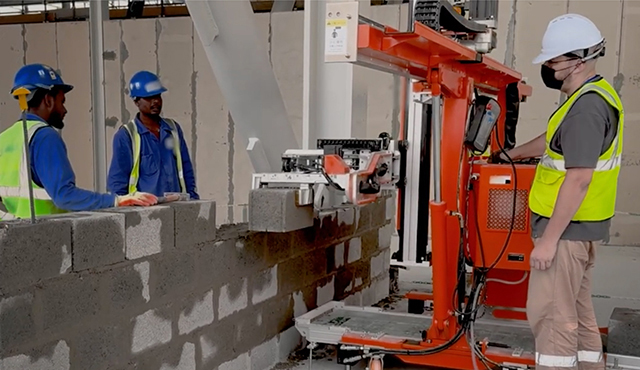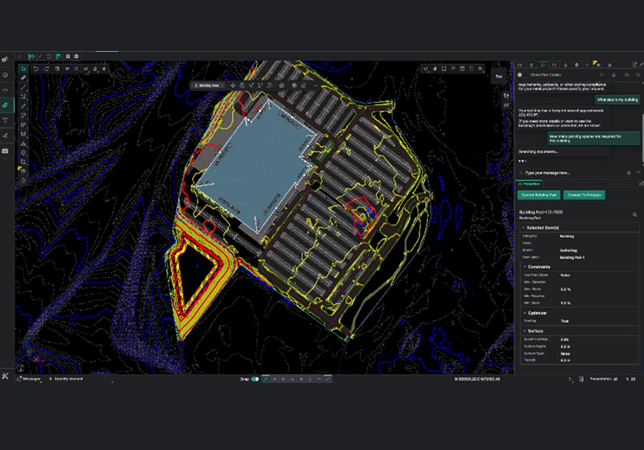
 Jordan ... FIDIC has made the contract more prescriptive.
Jordan ... FIDIC has made the contract more prescriptive.
In April 2022, we looked at the way FIDIC main contracts define Disputes. My main concern about the 2017 Second Edition contracts (Red, Yellow and Silver Books) was that the definition of Disputes was overly complicated, and the procedure for dealing with them was overly prescriptive: effectively putting every question of difference or controversy onto a track running through three stages of resolution or escalation. And that this was leading a lot of users simply to delete the relevant provisions.
Shortly after that, FIDIC issued reprinted versions of its main contract suite, in which the most significant amendments were in the definition and administration of disputes. I would like to imagine that these two events were connected but it isn’t the case. To begin with, numerous commentators made similar points; and secondly, these reprint changes indicate that FIDIC does not agree with those comments!
As before, we’ll look at the Silver Book (the FIDIC Second Edition Conditions of Contract for EPC/Turnkey Projects) but the Yellow and Red Books are substantially the same.
In the 2017 Silver Book, Claim was defined as :
“a request or assertion by one Party to the other Party for an entitlement or relief under any Clause of these Conditions or otherwise in connection with, or arising out of, the Contract or the execution of the Works.”
And Dispute was defined as any situation where:
“(a) one Party makes a claim against the other Party (which may be a Claim, as defined in these Conditions or a matter to be determined by the Employer’s Representative under these conditions or otherwise);
(b) the other Party (if the Employer, under Sub-Clause 3.5.2 [Employer’s Representative’s determination] or otherwise) rejects the claim in whole or in part; and
(c) the first Party does not acquiesce (if the Contractor, by giving a [Notice of Dissatisfaction] under Clause 3.5.5 [Dissatisfaction with Employer’s Representative’s determination] or otherwise).
Provided however that failure by the other Party to oppose or respond to the claim, in whole or in part, may constitute a rejection if, in the circumstances, the DAAB or the arbitrator(s) deem it reasonable for it to do so.”
This definition was lengthy and potentially confusing to users. It included both “claim” and “Claim”, the latter being a subset of the former, and limited to issues of entitlements or reliefs, as we see in the above definition. However, it did make clear that a Dispute began with a “claim” which, although not defined, its above description appeared intended to cover any question of difference or controversy between the parties, arising in any way. It could be a Claim (a question about entitlement or relief, to be initiated under Cl.20) or a matter expressly reserved for formal determination by the Employer’s Representative under Cl.3.5, or it could be something else.
And, importantly, if the “claim” was not a Claim, then it did not need to go through the procedure in Cl.20 for notification and evidencing of Claims.
The FIDIC reprint changes that. Firstly, the definition of Claims is the same as the 2017 definition save that it excludes matters to be agreed or determined under Cl.3.5(a) – which is a gather-up list of the matters reserved for agreement or determination.
The new definition of Dispute is any situation where:
• one party has made a Claim, or there has been a matter to be agreed or determined by the employer’s representative;
• that determination was a rejection (in whole or in part) of either the Claim or the first party’s assertions in respect of the matter to be determined, as the case may be; and
• either party has given a Notice of Dissatisfaction.
So, this deals with Claims and matters reserved for agreement or determination. What about the other potential origins of a Dispute, that are not listed as matters for agreement or determination and are not directly about entitlement or relief – or which might need urgent resolution?
The reprint contract includes a short list of areas in relation to which a Dispute may be deemed to have arisen. Deemed Disputes include disagreements about entitlement to give notices of default or notices of contractual termination, and failure to pay any Payment Certificate. A party may refer a deemed Dispute straight to the Disputes Avoidance and Adjudication Board (DAAB) without going through the Claims procedure.
Without the all-encompassing category of “claims” now removed, we’ll have to see whether this finite list of deemed Disputes will prove to be a complete “sweep up” of all other potential areas of dispute.
In conclusion, FIDIC has made the contract more prescriptive. Apart from a deemed Dispute, no Dispute can arise without going through a determination and a Notice of Dispute.
Finally, let’s note that all of the above is still only a gateway to the DAAB and not to arbitration. The DAAB is still a mandatory intermediate step in FIDIC and I fear that many users are still going to consider all of this as too lengthy and expensive, just to get to the start line in arbitration.
* Stuart Jordan is a partner in the Global Projects group of Baker Botts, a leading international law firm. Jordan’s practice focuses on the oil, gas, power, transport, petrochemical, nuclear and construction industries. He has extensive experience in the Middle East, Russia and the UK.








.jpg)




.jpg)




























.jpg)
































